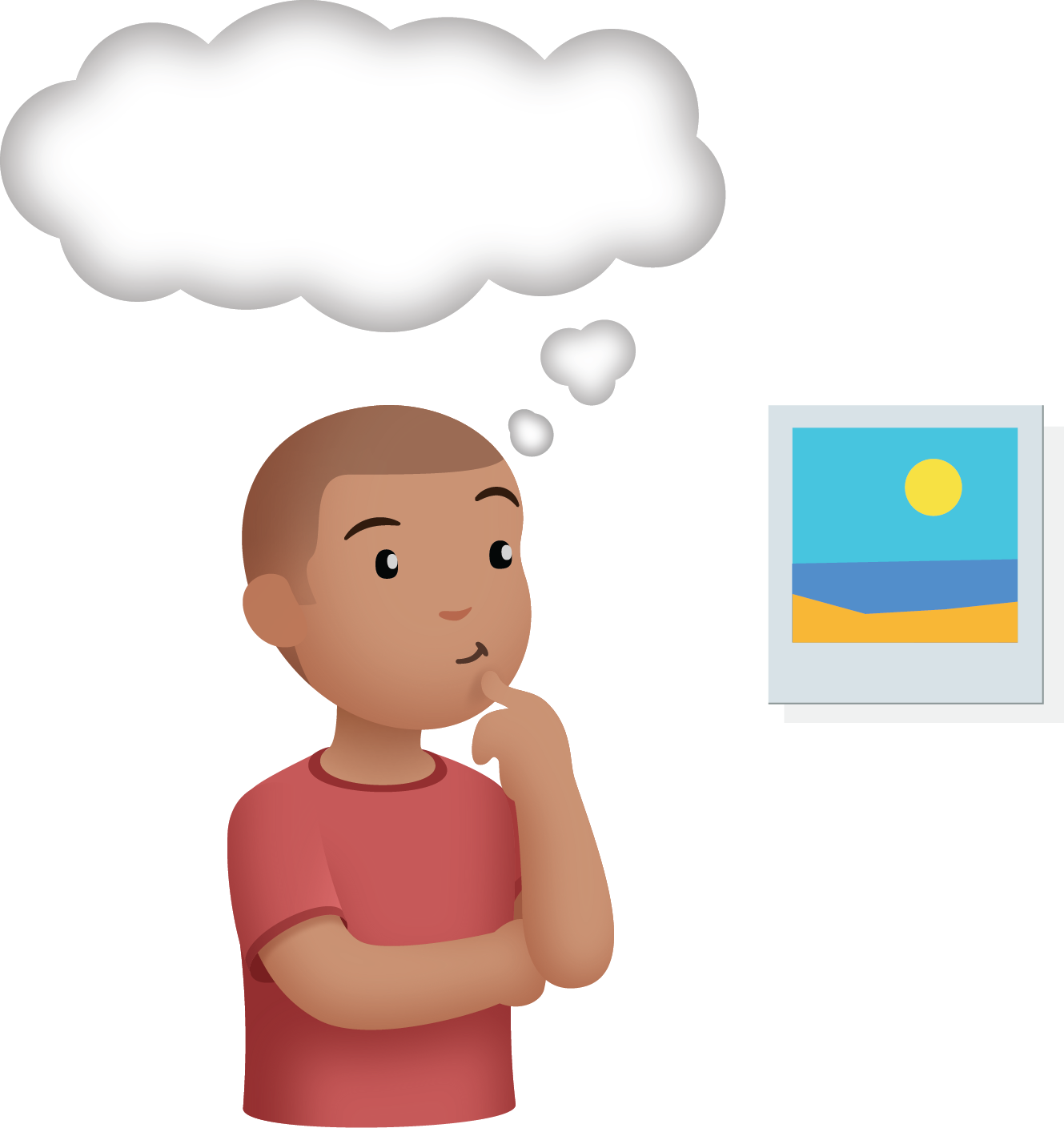Lesson 21
Center Day 4
Warm-up: Number Talk: Missing Values (10 minutes)
Narrative
The purpose of this Number Talk is to elicit strategies and understandings students have about the relationship between addition and subtraction. Each addition and subtraction equation represents the same part-whole relationship. These understandings help students develop fluency and will be helpful later in this lesson when students solve missing addend problems.
Launch
- Display one expression.
- “Give me a signal when you have an answer and can explain how you got it.”
- 1 minute: quiet think time
Activity
- Record answers and strategy.
- Keep expressions and work displayed.
- Repeat with each expression.
Student Facing
Find the missing value mentally.
- \(4 + \boxed{\phantom{1}} = 5\)
- \(5 - \boxed{\phantom{1}} = 4\)
- \(6 + \boxed{\phantom{2}} = 8\)
- \(8 - \boxed{\phantom{2}} = 6\)
Student Response
For access, consult one of our IM Certified Partners.
Activity Synthesis
- “How can finding the missing value in the first equation help you with the second equation?" (I know that 1 more than 4 is 5, so I also know that 1 less than 5 is 4.)
Activity 1: Introduce Number Puzzles, Within 10 (15 minutes)
Narrative
The purpose of this activity is for students to learn a new center called Number Puzzles. Students use number cards to fill in addition and subtraction equations up to 10 on a game board. The missing values are in different places in the equations and each number card may only be used once. Students build fluency for addition and subtraction within 10.
Required Materials
Materials to Copy
- Number Puzzles Addition and Subtraction Stage 1 Gameboard
- Number Puzzles Digit Cards
Required Preparation
- Create a set of Number Puzzles Cards from the blackline master for each group of 2.
Launch
- Groups of 2
- Give each group a set of cards and a game board.
- “We are going to learn a new center called Number Puzzles.”
- Display a game board.
- “I need to place my number cards so that every equation is true. I can only use each number card once.”
- “Let’s try some together. Look at the first equation. What number cards could I put on the board to make the equation true?”
- 30 seconds: quiet think time
- 1 minute: partner discussion
- Share responses.
- Repeat 1–2 more times, as needed.
Activity
- “Use your number cards to play the game. Complete a puzzle before moving to the next one. Finish as many as you can.”
- 10 minutes: partner work time
Activity Synthesis
- "What methods did you use to make sure you were putting each number in the right place?"
Activity 2: Centers: Choice Time (25 minutes)
Narrative
The purpose of this activity is for students to choose from activities that offer practice adding and subtracting within 10. Students choose from any stage of previously introduced centers.
- Capture Squares
- Math Stories
- What’s Behind My Back
Engagement: Provide Access by Recruiting Interest. Use visible timers or audible alerts to help learners anticipate and prepare to transition between activities.
Supports accessibility for: Attention, Organization
Supports accessibility for: Attention, Organization
Required Materials
Materials to Gather
Required Preparation
- Gather materials from previous centers:
- Capture Squares, Stages 1 and 2
- Math Stories, Stage 4
- What's Behind My Back, Stage 2
Launch
- Groups of 2
- “Now you are going to choose from centers we have already learned.”
- Display the center choices in the student book.
- “Think about what you would like to do first.”
- 30 seconds: quiet think time
Activity
- Invite students to work at the center of their choice.
- 10 minutes: center work time
- “Choose what you would like to do next.”
- 10 minutes: center work time
Student Facing
Choose a center.
Capture Squares

Math Stories

What's Behind My Back

Activity Synthesis
- “Tell your partner your favorite thing about center time and why it is your favorite.”
Lesson Synthesis
Lesson Synthesis
“Today we worked with partners during center time. What went well? What can we continue to work on?”